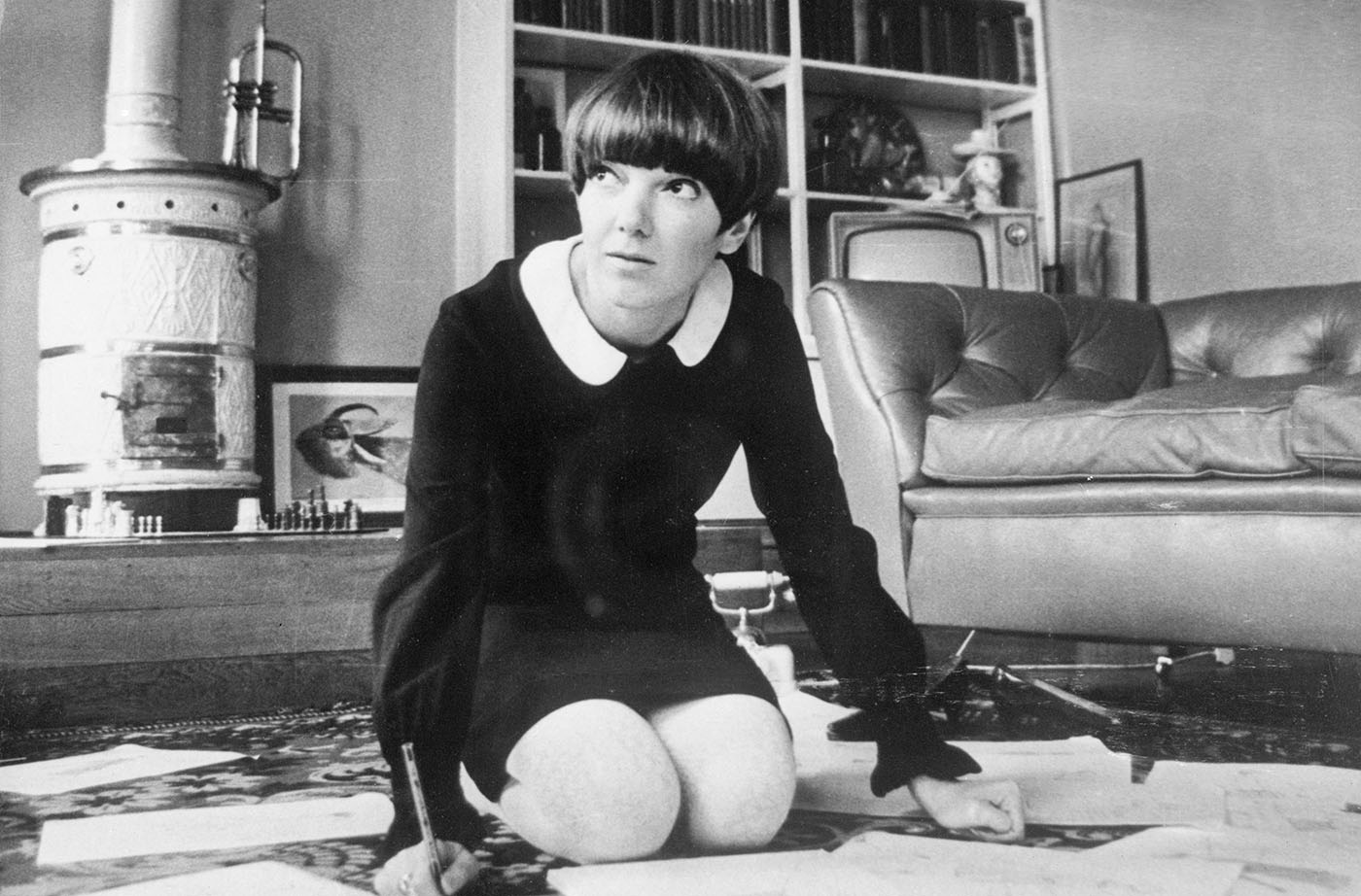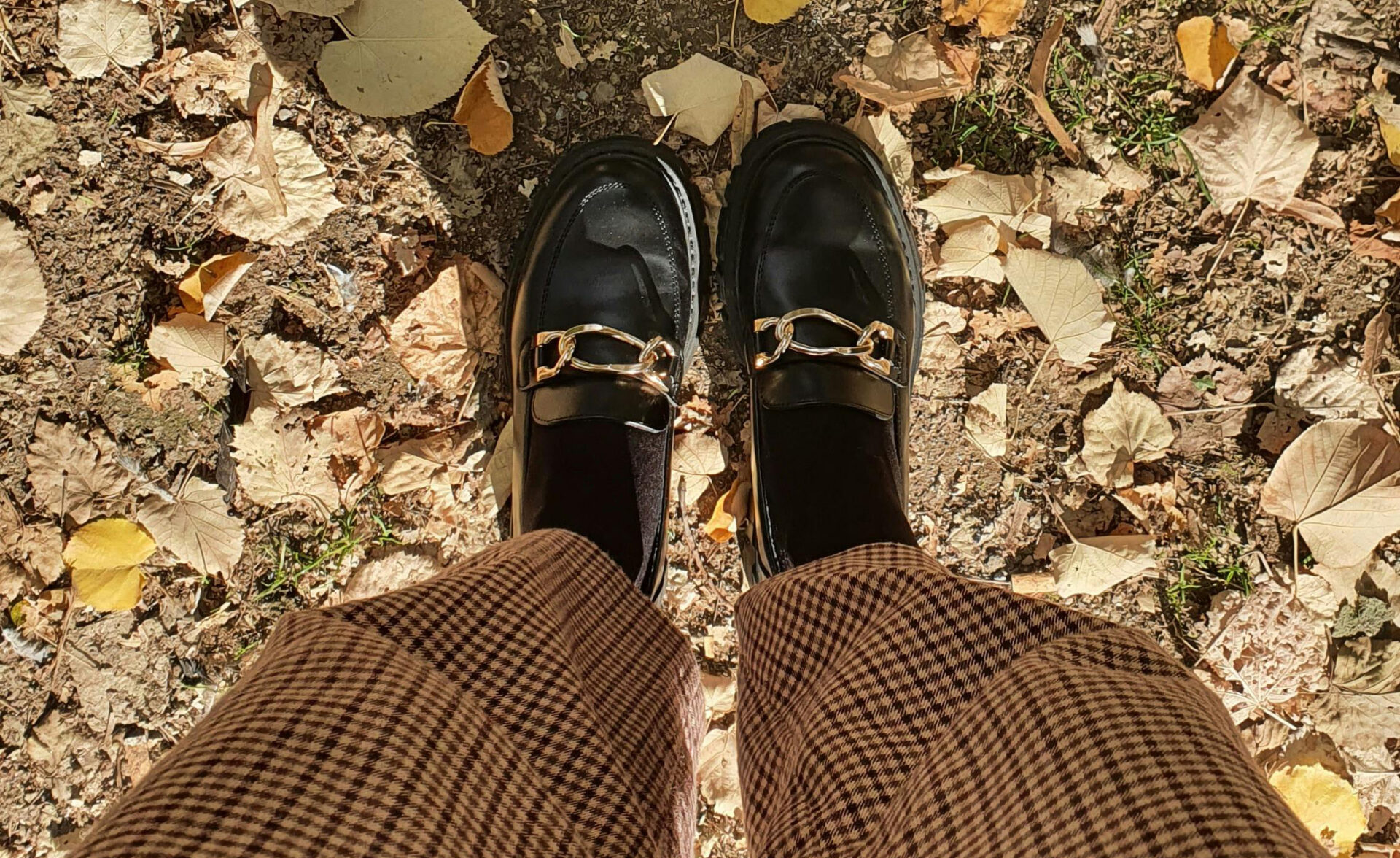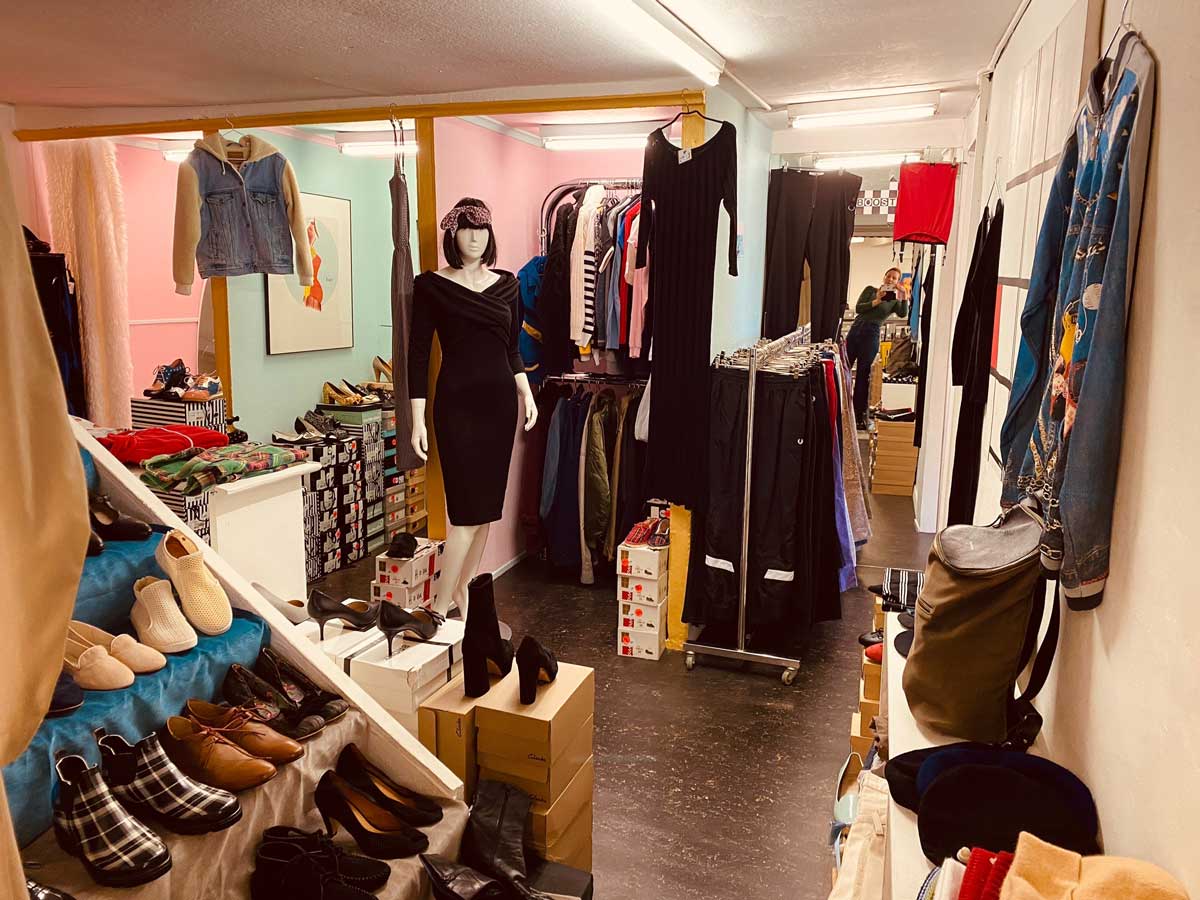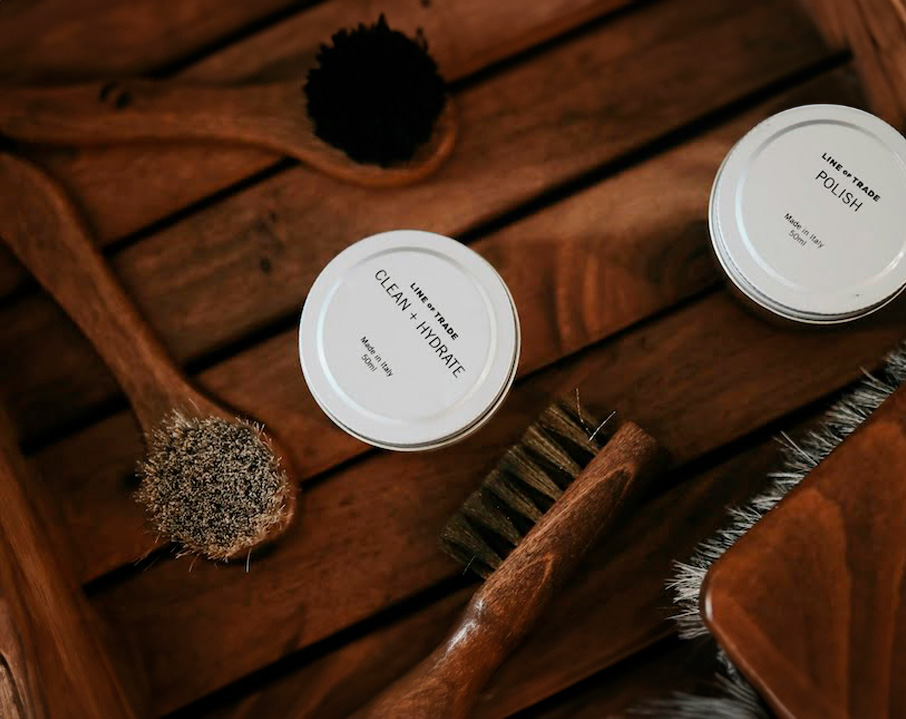
British street styles have evolved greatly over the years and have influenced the world of fashion globally. From the 60s to today, we have picked out a number of styles and trends that still characterise the way we dress and look today.
60s
The 60s were a time of change and experimentation. Social norms were questioned, young people fought for a freer society and new clothing habits were established. Some of the most notable trends of this time were
- Mini dressesMary Quant was one of the designers who popularised these trends. She designed miniskirt dresses and skirts that sat six or seven inches above the knee. It was still very controversial at the time.
- Leopard pattern: In the wake of the Swingin' Sixties sexual revolution, leopard print began to take on a certain cultural significance. The racks of Carnaby Street boutiques, such as Barbara Hulanicki and Biba, were awash with the distinctive pattern, and sex symbol Brigette Bardot was often spotted in a leopard print coat.
- Trench coatsThese were very popular in the 60s and are often associated with mod culture.
- ModsThe term "mod" is derived from the word "modern" or "modernist" and was used to describe the emerging lifestyle and trends of fashionable British youth.
70s
The 70s were characterised by the hippie movement, which was characterised by long hair, tie-dye and flower power motifs. Other notable trends of the time were:
- Flares: At the beginning of the decade, trousers with flares became a popular form of evening wear
- Space Age FashionThis movement was initiated by the Apollo 11 mission in July 1969 and was characterised by futuristic, metallic and silver garments.
- Glam: The more extravagant, the better! Glitter, lots of accessories and platform shoes were particularly popular in glam rock.
- Punk: In the late 70s, the punk movement began, characterised by lots of leather, Creeper shoesblack clothing, dishevelled hair and tattoos.
80s
The fashion of the 1980s was characterised by a departure from the fashion of the 1970s. Punk fashion emerged as a reaction both to the hippie movement of the previous decades and to the materialistic values of the current decade. The first half of the decade was characterised by New Wave and Gothic culture and, compared to the second half, was more monochrome, with clothing becoming very colourful and vibrant.
- New WaveThis movement was characterised by black clothing, dark make-up and long, wavy hair.
- GothicThis subculture was characterised by dark clothing, dark make-up and large, dark sunglasses.
- Neon: One of the most important fashion trends of the 80s was the dazzling neon colours. They could be seen on leggings, headbands and even socks! Accessories were also dipped in fluorescent colours, in bright pink, lemon yellow and vivid green, which gave the whole outfit a special touch.
90s
The 90s were characterised by the grunge movement and the Britpop movement. Some of the most notable trends of this time were:
- GrungeBands such as Nirvana and their lead singer Kurt Cobain had a major influence on this style. Jeans, Converse, flannel shirts and cardigans were combined in a casual and relaxed way. In contrast to the garish neon colours of the 80s, the focus here was on more moderate shades.
- BritpopThis movement was characterised by fashionable clothing, chic shoes and a mixture of classic and modern elements. Of course, this style was also characterised by bands. With Oasis and Blur at the top of the charts, sportswear brands such as Fred Perry and Lacoste became popular again.
Today
Today, street style is more diverse than ever before. British street style has a long and remarkable history, constantly evolving and changing. It's a reflection of the culture and zeitgeist, and it's exciting to see how these trends have evolved over time.


















